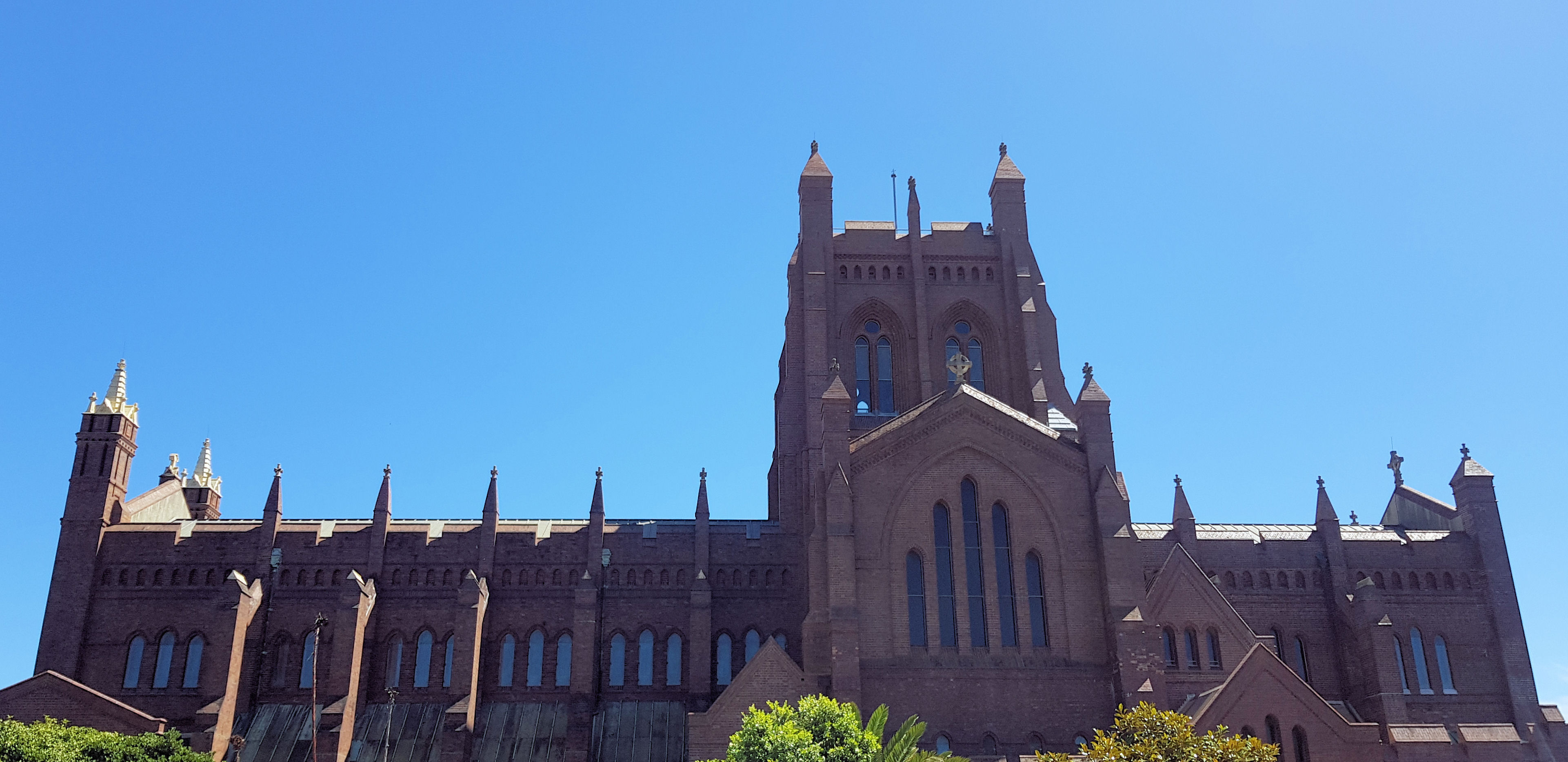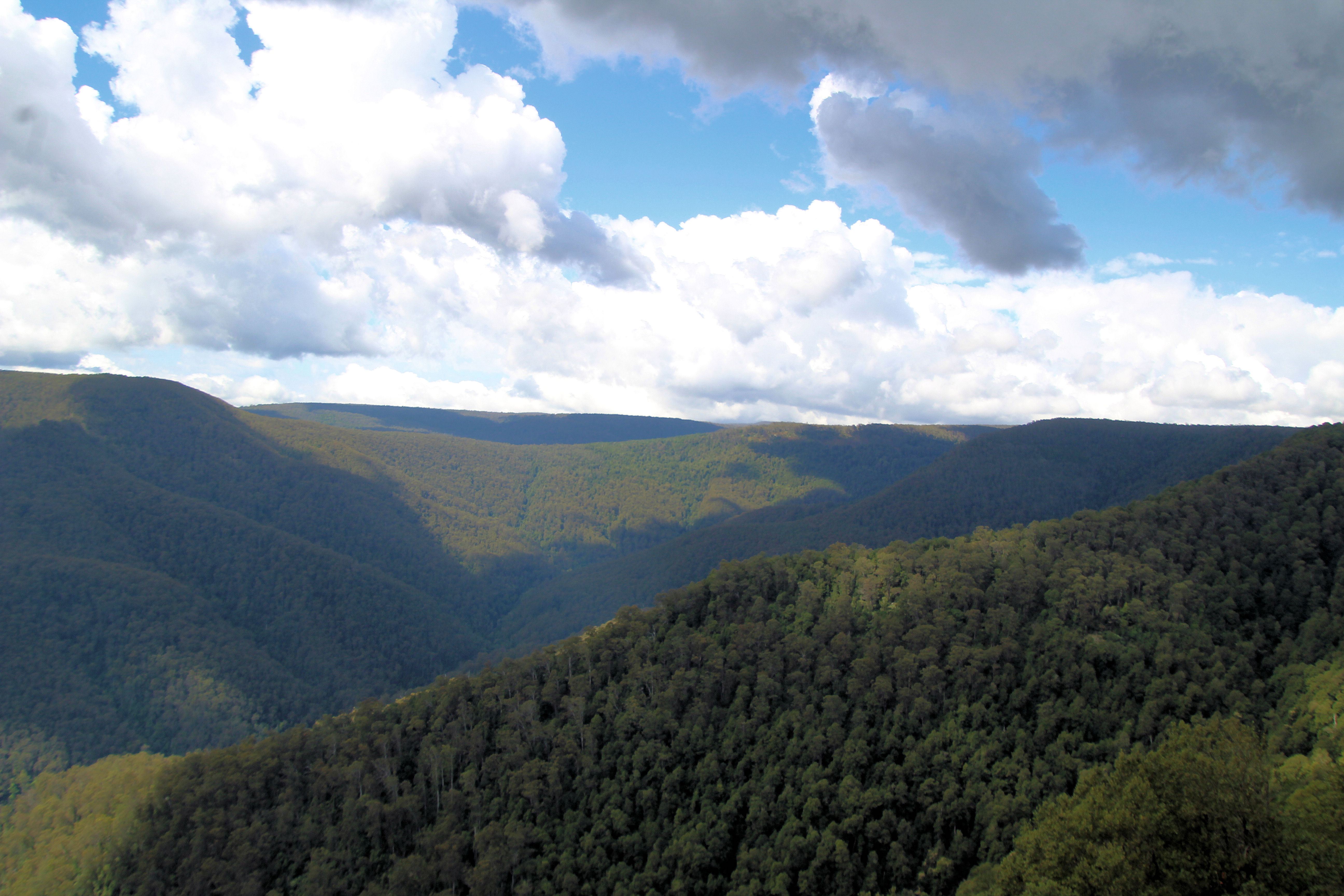Category: Hunter Valley
-
Christ Church Cathedral Newcastle

Christ Church Cathedral Christ Church Cathedral overlooks the city of Newcastle with fantastic views of the harbour and beaches. Parking is available in church street or the small onsite car park. Entry through the main door takes you passed a small kiosk where the attendants give a quick run down of the Cathedral and its… Read more
-
Muswellbrook New South Wales

Muswellbrook Located in the New South Wales Hunter Valley, Muswellbrook is known for coal mining, horse breeding and a developing reputation for gourmet food and wine production. St James Catholic Church Our walk around Muswellbrook town centre started at St James Catholic Church. There is a car park nearby or in the street. This is… Read more
